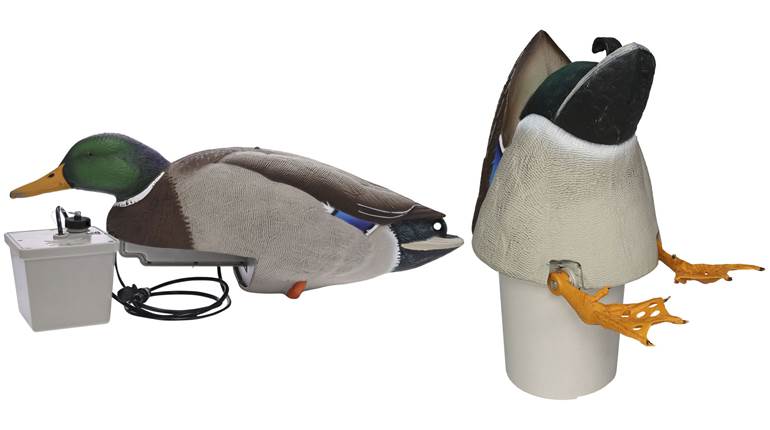
In 1918, Oy Tikkakoski Ab, better known today as simply Tikka, began making gun components in central Finland. Two years later, it acquired the machinery to manufacture its own barrels. By 1927, the company was producing those worn by the Mosin-Nagants issued to the nation’s military. Complete, Three-Line M27 versions of that rifle were soon coming out of the Tikka factory and continued to do so until 1940.
A German businessman purchased Tikka in 1930 and wisely nudged the firm from its exclusive focus on bolt-action rifles. In 1931, for example, it began manufacturing submachine guns, and heavy machine guns followed in 1933, as well as other military items. In 1937, the first Tikka hunting rifles rolled out of the factory, although the commercial project took a backseat with the approach and outbreak of World War II. Once again, the factory’s primary focus returned to martial arms and gear.
As hostilities ended and the new Cold War heated up, the Soviet Union took control of Tikka—citing its Germany-based ownership as just cause. In 1946, the company was still in business, but it had shifted most production to sewing machines. A few new shotguns did appear during this time, although they weren’t the company’s top priority while under communist control.
In 1957, businessmen in Finland purchased the company from the Soviet Union. In the years that followed, the firm introduced a number of firearms while it continued sewing machine production and even entered and the car-accessory business. The last Tikka sewing machine rolled out of the factory in 1967 and auto parts stopped shipping two years later.
The company was finally back to its roots—producing quality guns. In 1967, Tikka Sporter rifles first appeared, an M77 shotgun followed and much more. The company’s official name changed several times, although the Tikka label was prominent on commercial offerings.
In 1983, Sako—another famed Finnish gun maker with an enviable reputation—purchased Tikka. A merger followed 1986 with Valmet (owned by the Finish government). Barely a year later, Tikka’s factory closed and manufacturing moved to Sako’s primary plant in Riihimäki, Finland. The Tikka label stayed on the firm’s guns produced there.
In 2000, Beretta Holding purchased the Sako-Tikka brands, which have since then thrived while under the experienced management of the world’s oldest gunmaker. New Tikkas perform better than ever. When American Rifleman tested the Tikka T1x rifle, for example, the results were glowing.
“Our test gun proved to be outstandingly accurate,” the report states. “The Lapua load produced the best overall groups of the session, with an average center-to-center group size of 0.54", but all three ammunitions grouped very well. We experienced zero malfunctions of any kind throughout approximately 300 rounds fired during zeroing, velocity testing, function testing and accuracy testing.”





































